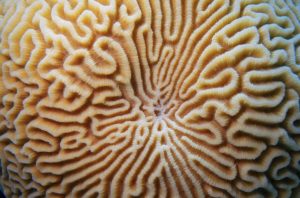Taking a Design Lesson from Nature

To view the photo-rich magazine version, click here.
Originally appears in the Winter 2022 issue.
By Rosanna Ayers
“When we look at what is truly sustainable, the only real model that has worked over long periods of time is the natural world.” – Janine Benyus
There has perhaps never been a better time to embrace biomimicry as a way of thinking. What is biomimicry? Simply put, it involves looking to nature as a teacher and a mentor when thinking about sustainable and elegant designs. Janine Benyus galvanized a movement two decades ago through her use of the term “biomimicry” (“bio” meaning “life” and “mimicry” meaning “the act of copying”). She recognized the genius of nature and was determined to elevate the practice of biomimicry for the world. You can continue in Janine’s footsteps with your learners at any age level.
Common examples
So many have heard the classic story of the Shinkansen bullet train designed from mimicking the shape of a kingfisher’s beak. After having nature as a design mentor, the redesigned bullet train eliminated sonic booms when going through tunnels, while decreasing electricity use by 15% and increasing travel speeds by 10%.
More recently, folks in medical industries have learned how to create surfaces that inhibit bacterial growth. The overuse and abuse of antibiotics and disinfectants along with other strategies focused solely on killing bacteria have contributed to the creation of superbugs that are commonly found in hospitals and the general population. The solution to this growing problem could be found in shark skin! Great White Sharks are stealth hunters, and the secret to their stealth is in their skin. Shark skin is covered by tiny, flat V-shaped scales called dermal denticles, which are more like teeth than fish scales. Not only do these structures allow sharks to swim faster and more quietly; they make it difficult for disease-causing bacteria to cling to sharks’ skin.
This content is restricted to subscribers only.
If you are not yet a subscriber, please consider taking out a subscription here.
If you are an existing subscriber, kindly log in or contact us at info@greenteacher.com for more information.





